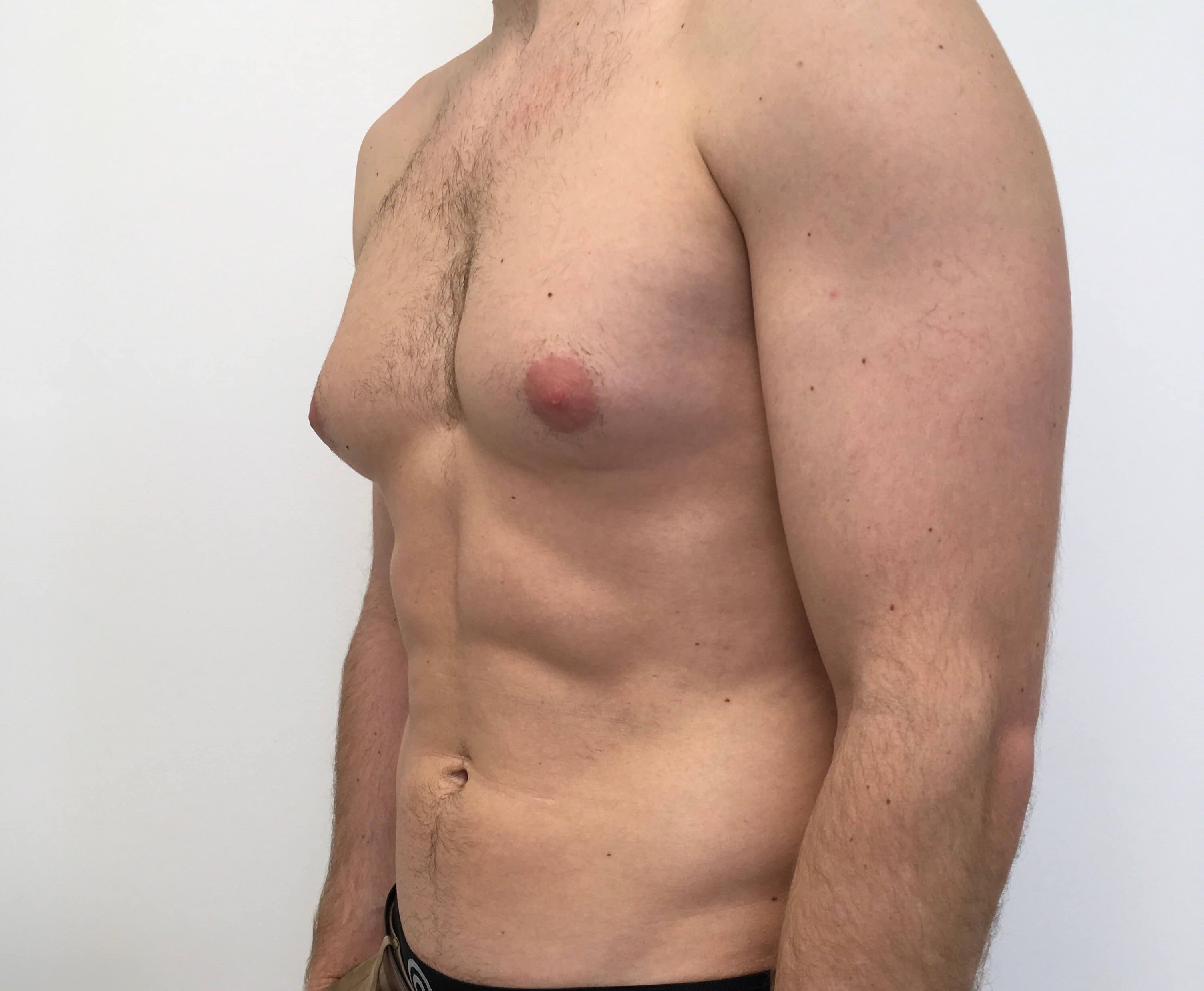
In the quest for improved performance, enhanced physique, and competitive dominance, many athletes turn to anabolic steroids. While these substances may provide short-term gains in muscle mass and strength, they often come with serious hormonal side effects. One of the most distressing of these is gynecomastia, the abnormal development of breast tissue in males. This condition not only impacts physical appearance but also has significant psychological and physiological consequences. In more severe cases, some resort to a gynecomastia operation to correct the imbalance and restore self-confidence.
Understanding the Link Between Steroids and Hormonal Imbalance
Anabolic steroids are synthetic derivatives of testosterone, the primary male sex hormone. When introduced into the body in high concentrations, they can disrupt the natural endocrine system. The body, in response to unnaturally high testosterone levels, attempts to maintain hormonal balance by converting excess testosterone into estrogen through a process called aromatization.
This surge in estrogen, a predominantly female hormone, triggers the growth of glandular breast tissue in males—a hallmark of gynecomastia. Unlike fat accumulation in the chest (often mistaken for the same condition), true gynecomastia involves firm, rubbery masses behind the nipples that can sometimes be painful or tender. The problem often becomes more pronounced after steroid cycles end, when testosterone levels crash, leaving estrogen unopposed.
Psychological Impact on Athletes
While the physical manifestations of steroid-induced gynecomastia are concerning, the psychological effects can be just as debilitating. Athletes, especially those in aesthetics-driven sports like bodybuilding or wrestling, often pride themselves on physical perfection. Developing a feminized chest undermines this self-image and can lead to embarrassment, anxiety, depression, and social withdrawal.
Moreover, the stigma associated with gynecomastia can interfere with competition, public appearances, and even sponsorships. Athletes may struggle to wear tight clothing or remove their shirts in public, and they may go to great lengths to conceal their condition. This emotional toll is one reason why early identification and treatment are critical.
Preventive Measures and Early Intervention
Prevention is the best strategy when it comes to managing steroid-induced gynecomastia. Athletes who are considering or currently using anabolic steroids must be educated about the risks and take precautions to minimize hormonal imbalances. This includes:
Monitoring Dosages: Excessive or prolonged steroid use increases the risk of aromatization. Keeping cycles short and doses moderate can reduce the likelihood of estrogen conversion.
Using Aromatase Inhibitors (AIs): These medications block the enzyme responsible for converting testosterone into estrogen. Common AIs include anastrozole and letrozole, often used during or after steroid cycles.
Regular Hormonal Blood Tests: Periodic testing can detect early changes in estrogen and testosterone levels, allowing for timely intervention before symptoms develop.
Once signs of gynecomastia begin to appear—such as nipple sensitivity, swelling, or tenderness—it’s essential to act quickly. In some cases, early intervention with selective estrogen receptor modulators (SERMs) like tamoxifen can halt progression and even reverse the condition.
Treatment Options for Steroid-Induced Gynecomastia
When lifestyle changes, medications, and preventive strategies fail to control the growth of breast tissue, treatment becomes necessary. There are two primary approaches: pharmacological and surgical.
Pharmacological Treatment: SERMs and AIs remain the first line of defense. Tamoxifen is widely used to reduce the size of breast tissue and alleviate discomfort. However, medications are most effective in the early stages of gynecomastia, before fibrotic tissue develops.
Surgical Intervention: For chronic or severe cases, particularly those involving well-established glandular tissue, surgery is often the only viable solution. The procedure typically involves removing excess tissue and reshaping the chest to restore a masculine contour. Recovery is generally quick, and outcomes are often permanent, providing both physical and emotional relief to athletes.
Athletes who opt for surgery must ensure they’ve addressed the underlying hormonal imbalance to prevent recurrence. Consulting with both endocrinologists and experienced cosmetic surgeons is crucial for a successful outcome.
Recovery, Rehabilitation, and Return to Sport
Post-treatment recovery, especially after surgery, plays a crucial role in an athlete’s return to performance. Most athletes can resume light physical activity within a few weeks, but full chest training should be avoided for at least 4–6 weeks to allow proper healing. Compression garments may be recommended to support the chest and reduce swelling.
During recovery, athletes should continue monitoring hormone levels to ensure long-term balance. Nutritional support, stress management, and sleep optimization also help in maintaining a healthy endocrine profile. A phased return to training, often under medical supervision, is ideal to prevent re-injury or complications.
Psychologically, the improvement in appearance can significantly boost confidence and motivation. Athletes often report feeling more in control of their bodies and are more committed to healthier, sustainable training methods post-treatment.
Building a Healthier Future in Sports
The drive for excellence in sports is natural and admirable, but not at the cost of long-term health. The rise of steroid-induced gynecomastia among athletes highlights the need for a more informed approach to performance enhancement. Education, transparency, and access to healthcare resources must be integral parts of any athletic program.
Coaches, trainers, and medical professionals should collaborate to create awareness about the dangers of hormone manipulation and promote safer alternatives. Athletes should be encouraged to pursue natural development and rely on evidence-based training and nutrition practices.
Ultimately, managing hormone imbalance isn’t just about treating gynecomastia—it’s about preserving the overall health, performance, and well-being of athletes for years to come.
![How to Cashout From Robinhood? [Guide,Step-By-Step]](https://bioneerslive.org/wp-content/uploads/2025/05/add-a-subheading-1Z6zFLbI-270x162.jpg)

